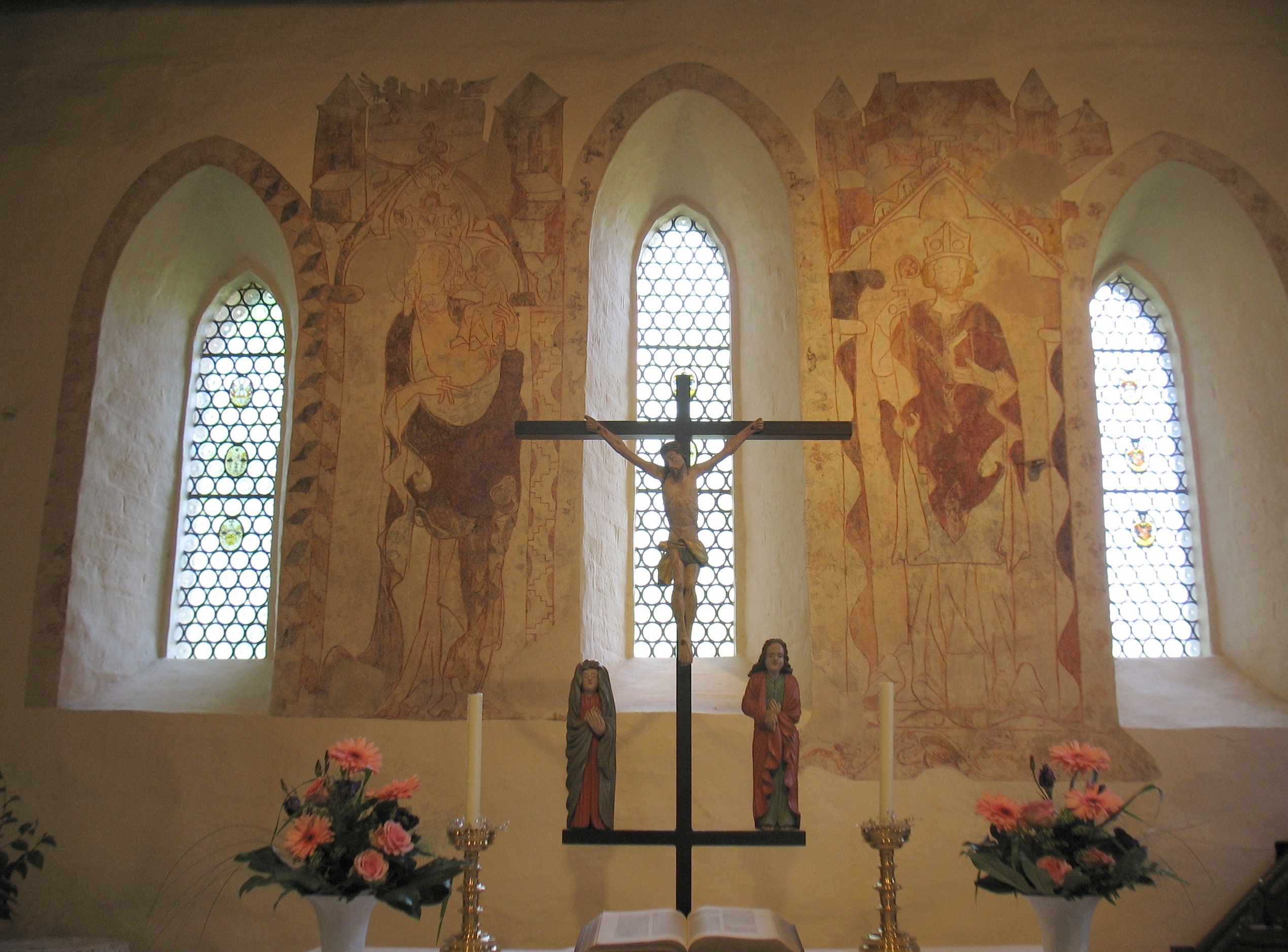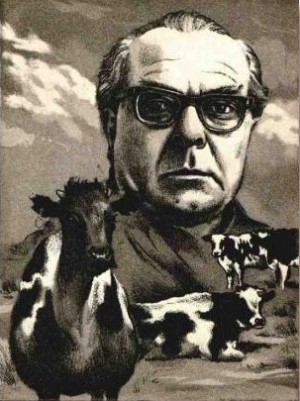|
Schmalwasser (Apfelstädt)
Schmalwasser is a river of Lower Saxony, Germany on the southern edge of the Lüneburg Heath. The Schmalwasser rises near Blickwedel (a district of Sprakensehl), winds southwards, is joined from the left by the Räderbach and discharges into the Lutter in the village of Bargfeld. The story ''Die Wasserstraße'' by Arno Schmidt (1964) is about a walk up the Schmalwasser. See also *List of rivers of Lower Saxony All rivers in the German state of Lower Saxony flow directly or indirectly into the North Sea. A–Z A B D E F G H I J K L M N O P *Purrmühlenbach R S T *Tiefenbeek *Trillkebach *Trutenbeek *Twiste (Oste), Twiste U *Uffe ... References External links Rivers of Lower Saxony Rivers of Germany {{LowerSaxony-river-stub ... [...More Info...] [...Related Items...] OR: [Wikipedia] [Google] [Baidu] |
Bargfeld
Bargfeld is a hamlet of about 190 inhabitants near Celle in Lower Saxony, Germany, documented since 1056, now belonging to the village municipality Eldingen. It has become famous for the many novels and stories the great German author Arno Schmidt Arno Schmidt (; 18 January 1914 – 3 June 1979) was a German author and translator. He is little known outside of German-speaking areas, in part because his works present a formidable challenge to translators. Although not among Germany's mo ... has situated there, having lived there from 1958 until his death (1979). The ''Arno Schmidt Stiftung'' has its site in Bargfeld. See as well * Eberhard Schlotter * Gotthelf Schlotter External links The hamlet Bargfeld, home of german author Arno Schmidt {{authority control Villages in Lower Saxony ... [...More Info...] [...Related Items...] OR: [Wikipedia] [Google] [Baidu] |
Lutter (Lachte)
Lutter () is a small river in the Lüneburg Heath, Lower Saxony, Germany, right tributary of the Lachte. The Lutter has its source near (district of Eschede), southeast of Unterlüß. It passes Bargfeld (where it is joined by the Schmalwasser), Eldingen, and Luttern (a district of Eldingen). It flows into the river Lachte at , near Lachendorf, east of Celle. Gallery File:Mündung Schmalwasser.jpg, The Schmalwasser joining the Lutter near Bargfeld File:Lutterquelle Weyhausen (2).JPG, Headwaters of Lutter at Eschede- File:LutterWolfhagenMühle.jpg, Water mill at Lutter in Marwede (part of Scharnhorst, Lower Saxony, Scharnhorst) with the stone sculpture ''Die Heide aus Lüneburg'' File:Lutter Luttern.jpg, In Luttern, Lower Saxony See also *List of rivers of Lower Saxony References Rivers of Lower Saxony Rivers of Germany {{LowerSaxony-river-stub ... [...More Info...] [...Related Items...] OR: [Wikipedia] [Google] [Baidu] |
Germany
Germany, officially the Federal Republic of Germany, is a country in Central Europe. It lies between the Baltic Sea and the North Sea to the north and the Alps to the south. Its sixteen States of Germany, constituent states have a total population of over 84 million in an area of , making it the most populous member state of the European Union. It borders Denmark to the north, Poland and the Czech Republic to the east, Austria and Switzerland to the south, and France, Luxembourg, Belgium, and the Netherlands to the west. The Capital of Germany, nation's capital and List of cities in Germany by population, most populous city is Berlin and its main financial centre is Frankfurt; the largest urban area is the Ruhr. Settlement in the territory of modern Germany began in the Lower Paleolithic, with various tribes inhabiting it from the Neolithic onward, chiefly the Celts. Various Germanic peoples, Germanic tribes have inhabited the northern parts of modern Germany since classical ... [...More Info...] [...Related Items...] OR: [Wikipedia] [Google] [Baidu] |
Lower Saxony
Lower Saxony is a States of Germany, German state (') in Northern Germany, northwestern Germany. It is the second-largest state by land area, with , and fourth-largest in population (8 million in 2021) among the 16 ' of the Germany, Federal Republic of Germany. In rural areas, Northern Low Saxon and Saterland Frisian language, Saterland Frisian are still spoken, though by declining numbers of people. Lower Saxony borders on (from north and clockwise) the North Sea, the states of Schleswig-Holstein, Hamburg, , Brandenburg, Saxony-Anhalt, Thuringia, Hesse and North Rhine-Westphalia, and the Netherlands. Furthermore, the Bremen (state), state of Bremen forms two enclaves within Lower Saxony, one being the city of Bremen, the other its seaport, Bremerhaven (which is a semi-exclave, as it has a coastline). Lower Saxony thus borders more neighbours than any other single '. The state's largest cities are the state capital Hanover, Braunschweig (Brunswick), Oldenburg (city), Oldenburg, ... [...More Info...] [...Related Items...] OR: [Wikipedia] [Google] [Baidu] |
Lüneburg Heath
Lüneburg Heath (, ) is a large area of heath (habitat), heath, geest, and woodland in the northeastern part of the state of Lower Saxony in northern Germany. It forms part of the hinterland for the cities of Hamburg, Hanover and Bremen and is named after the town of Lüneburg. Most of the area is a nature reserve (Germany), nature reserve. Northern Low Saxon is still widely spoken in the region. Lüneburg Heath has extensive areas, and the most yellow of heath (habitat), heathland, typical of those that covered most of the North German countryside until about 1800, but which have almost completely disappeared in other areas. The heaths were formed after the Neolithic period by overgrazing of the once widespread forests on the poor sandy soils of the geest, as this slightly hilly and sandy terrain in northern Europe is called. Lüneburg Heath is therefore a historic cultural landscape. The remaining areas of heath are kept clear mainly through grazing, especially by a North Germ ... [...More Info...] [...Related Items...] OR: [Wikipedia] [Google] [Baidu] |
Sprakensehl
Sprakensehl is a municipality in the district of Gifhorn, in Lower Saxony, Germany Germany, officially the Federal Republic of Germany, is a country in Central Europe. It lies between the Baltic Sea and the North Sea to the north and the Alps to the south. Its sixteen States of Germany, constituent states have a total popu .... Sprakensehl includes the villages of Behren, Blickwedel, Bokel, Hagen, Masel, Sprakensehl and Zittel. References Gifhorn (district) {{Gifhorn-geo-stub ... [...More Info...] [...Related Items...] OR: [Wikipedia] [Google] [Baidu] |
Arno Schmidt
Arno Schmidt (; 18 January 1914 – 3 June 1979) was a German author and translator. He is little known outside of German-speaking areas, in part because his works present a formidable challenge to translators. Although not among Germany's most popular authors, critics and writers often consider him to be one of the most important German-language writers of the 20th century. Biography Born in Hamburg, the son of a police constable, Schmidt moved in 1928, after the death of his father (1883–1928), with his mother (1894–1973), to her hometown of Lauban (in Lusatia, then Lower Silesia, now Poland) and attended secondary school in Görlitz as well as a trade school there. After finishing school, he was unemployed for some months and then, in 1934, began a commercial apprenticeship at a textile company in Gryfów Śląski, Greiffenberg. After finishing his apprenticeship he was hired by the same company as a stock accountant. There, around this time, he met his future wife, Ali ... [...More Info...] [...Related Items...] OR: [Wikipedia] [Google] [Baidu] |
List Of Rivers Of Lower Saxony
All rivers in the German state of Lower Saxony flow directly or indirectly into the North Sea. A–Z A B D E F G H I J K L M N O P *Purrmühlenbach R S T *Tiefenbeek *Trillkebach *Trutenbeek *Twiste (Oste), Twiste U *Uffe (Wieda), Uffe *Ulrichswasser *Unterelbe V W Z *Zellbach *Zorge (river), Zorge By basin This list uses bullets and indents to show the rivers' hierarchy and the sequence from mouth (river), river mouth to source (river), source. The number of indents corresponds to the river's position in the sequence. Tributaries are shown Orography, orographically as either a left (l) or a right (r) tributary of the next waterway in the downstream direction. Elbe * Elbe (, into the North Sea) ** Medem (l) *** Emmelke ** Oste (l) (153 km) *** Aue (Oste), Aue (tributary of the Oste) (l) (14 km) *** Mehe (l) *** Bever (Oste), Bever (r) *** Twiste (Oste), Twiste (r) *** Ramme (river), Ramme (r) ** Schwinge (Elbe), Schwinge (l) ** Lühe (riv ... [...More Info...] [...Related Items...] OR: [Wikipedia] [Google] [Baidu] |
Rivers Of Lower Saxony
A river is a natural stream of fresh water that flows on land or inside caves towards another body of water at a lower elevation, such as an ocean, lake, or another river. A river may run dry before reaching the end of its course if it runs out of water, or only flow during certain seasons. Rivers are regulated by the water cycle, the processes by which water moves around the Earth. Water first enters rivers through precipitation, whether from rainfall, the runoff of water down a slope, the melting of glaciers or snow, or seepage from aquifers beneath the surface of the Earth. Rivers flow in channeled watercourses and merge in confluences to form drainage basins, or catchments, areas where surface water eventually flows to a common outlet. Rivers have a great effect on the landscape around them. They may regularly overflow their banks and flood the surrounding area, spreading nutrients to the surrounding area. Sediment or alluvium carried by rivers shapes the landscape ar ... [...More Info...] [...Related Items...] OR: [Wikipedia] [Google] [Baidu] |



